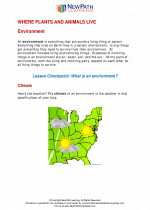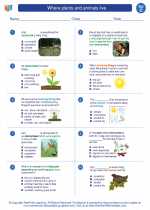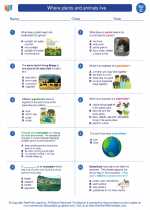Biofuels
Biofuels are fuels that are derived from organic materials, such as plants, crops, or animal waste. They are considered a renewable source of energy because the organic materials used to produce biofuels can be replenished. Biofuels can be used to power vehicles, generate electricity, and heat homes.
Types of Biofuels
There are several types of biofuels, including:
- Ethanol: This is a type of alcohol that is made from crops such as corn, sugarcane, or barley.
- Biodiesel: Biodiesel is produced from vegetable oils, animal fats, or recycled cooking grease.
- Biogas: Biogas is generated from the breakdown of organic matter by bacteria in the absence of oxygen. It is primarily composed of methane and carbon dioxide.
Advantages of Biofuels
- Renewable: Biofuels are derived from organic materials that can be grown and harvested on a continuous basis.
- Reduction of Greenhouse Gas Emissions: Biofuels produce lower levels of greenhouse gas emissions compared to fossil fuels, which can help mitigate climate change.
- Domestically Produced: Many biofuels can be produced locally, reducing dependency on imported oil.
Challenges of Biofuels
- Land Use: The production of biofuels may compete with food crops for land and water resources, leading to potential food security issues.
- Energy Intensive Production: The process of converting organic materials into biofuels can require significant energy inputs, which may offset some of the environmental benefits.
- Economic Viability: The cost of producing biofuels may be higher than that of traditional fossil fuels, making them less economically competitive without subsidies.
Study Guide
Here are some key points to remember when studying biofuels:
- Define biofuels and list the different types of biofuels.
- Explain the advantages of using biofuels as a source of energy.
- Discuss the challenges and limitations associated with the widespread use of biofuels.
- Compare the environmental impact of biofuels with that of traditional fossil fuels.
- Explore the potential future developments and improvements in biofuel technology.
By understanding the benefits and drawbacks of biofuels, you can form a well-rounded perspective on their role in the transition to sustainable energy sources.
.◂Science Worksheets and Study Guides Third Grade. Where plants and animals live
Study Guide Where plants and animals live
Where plants and animals live  Worksheet/Answer key
Worksheet/Answer key Where plants and animals live
Where plants and animals live  Worksheet/Answer key
Worksheet/Answer key Where plants and animals live
Where plants and animals live  Worksheet/Answer key
Worksheet/Answer key Where plants and animals live
Where plants and animals live  Vocabulary/Answer key
Vocabulary/Answer key Where plants and animals live
Where plants and animals live  Vocabulary/Answer key
Vocabulary/Answer key Where plants and animals live
Where plants and animals live 

 Worksheet/Answer key
Worksheet/Answer key
 Worksheet/Answer key
Worksheet/Answer key
 Worksheet/Answer key
Worksheet/Answer key
 Vocabulary/Answer key
Vocabulary/Answer key
 Vocabulary/Answer key
Vocabulary/Answer key

The resources above cover the following skills:
LIFE SCIENCE
Unity and Diversity
Construct an argument from evidence to explain the likelihood of an organism’s ability to survive when compared to the resources in a certain habitat (e.g., freshwater organisms survive well, less well, or not at all in saltwater; desert organisms survive well, less well, or not at all in woodlands).
Create models that illustrate how organisms and their habitats make up a system in which the parts depend on each other.